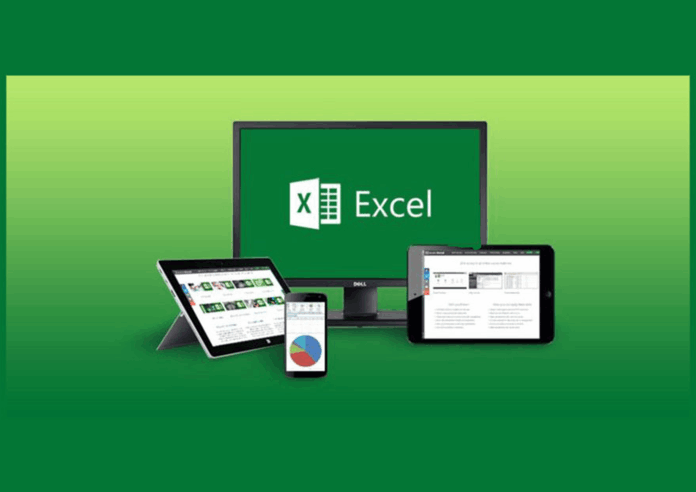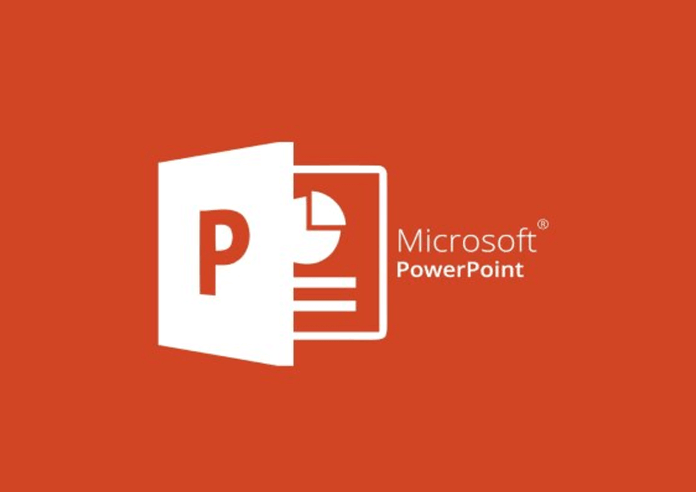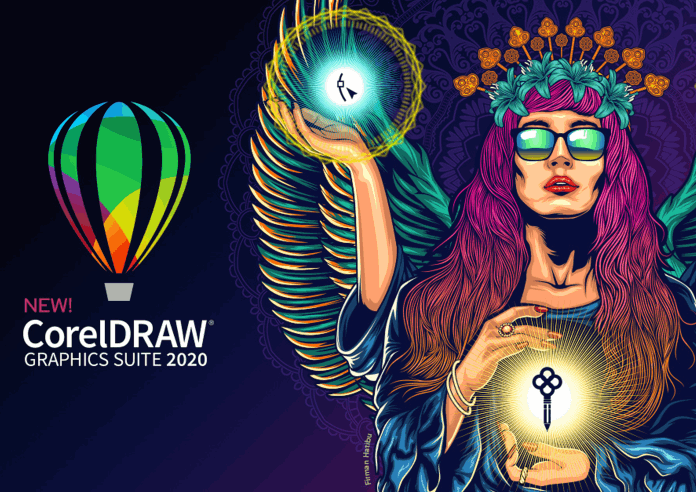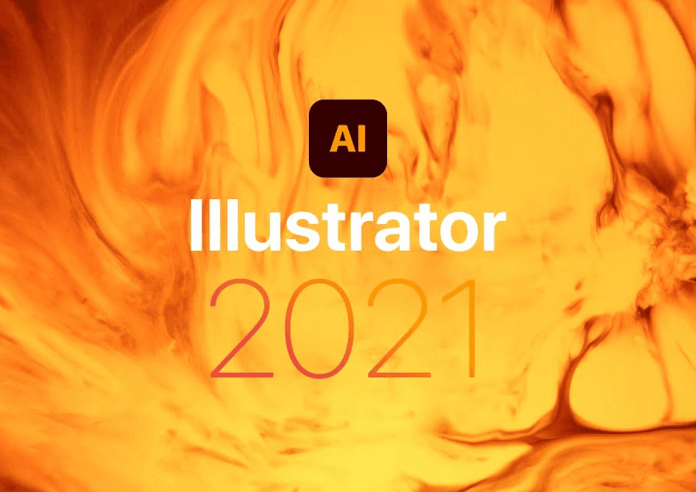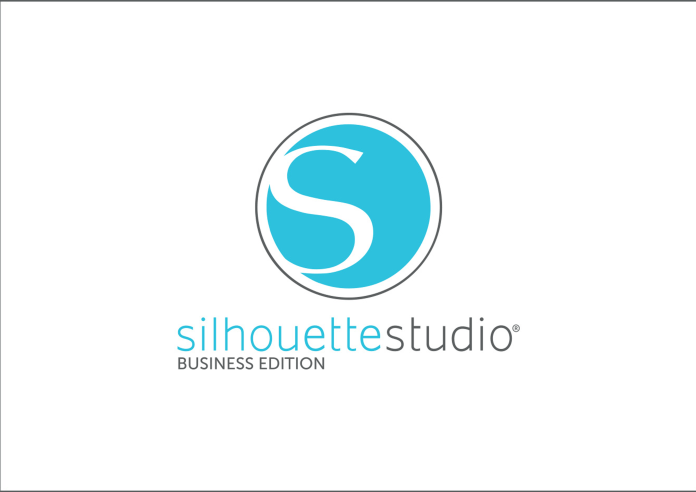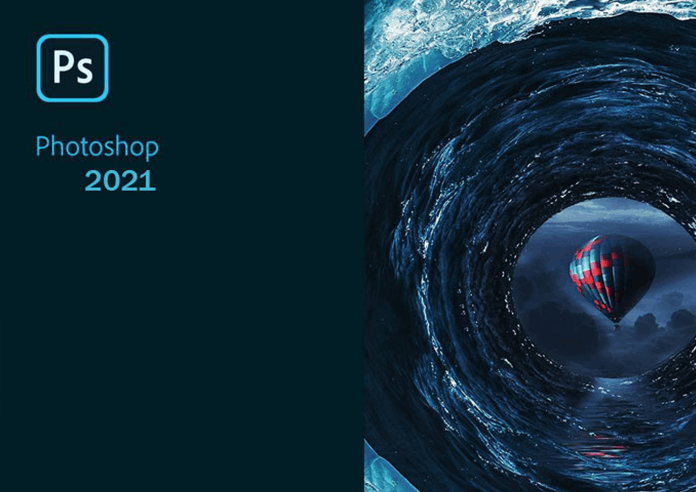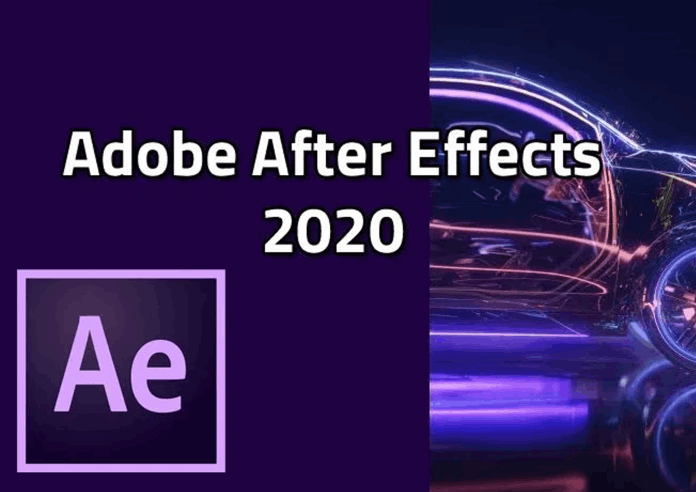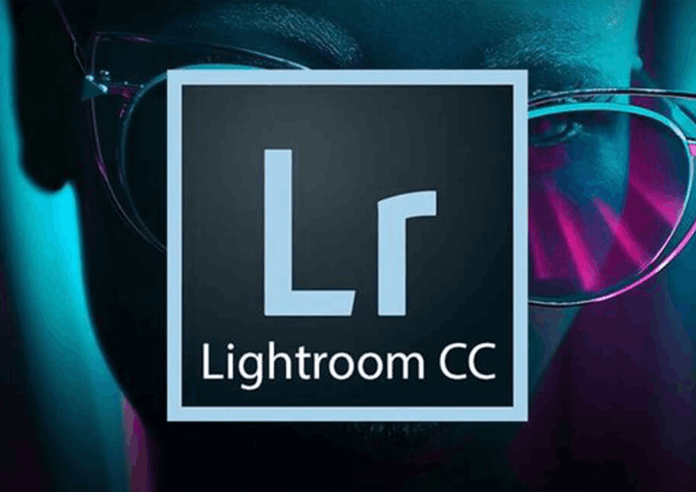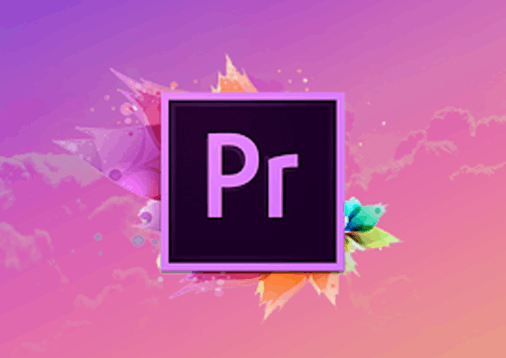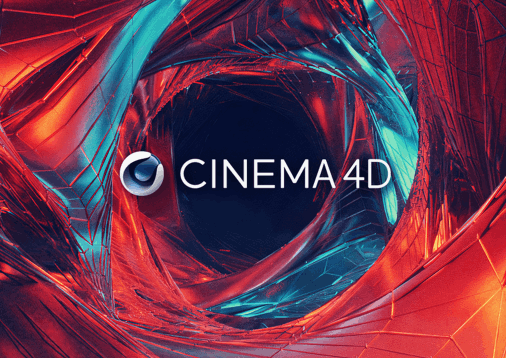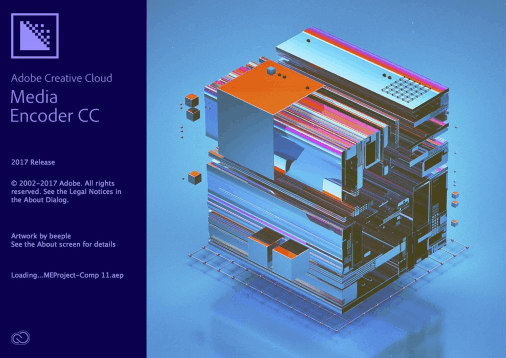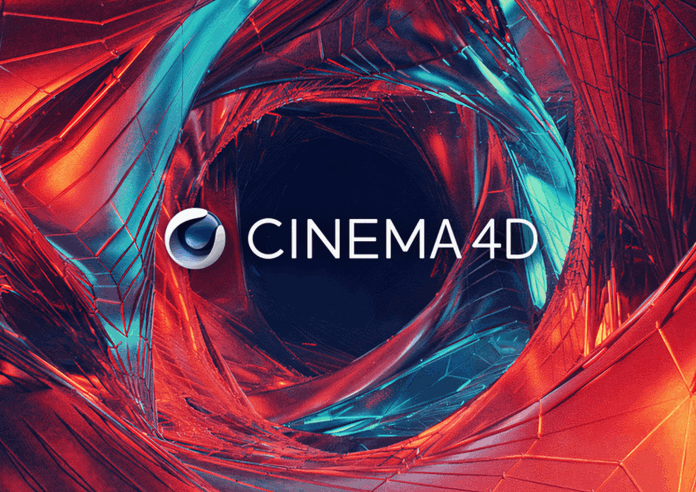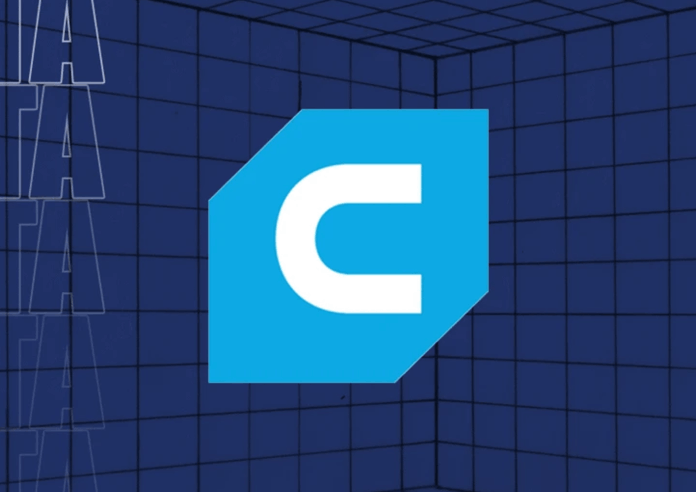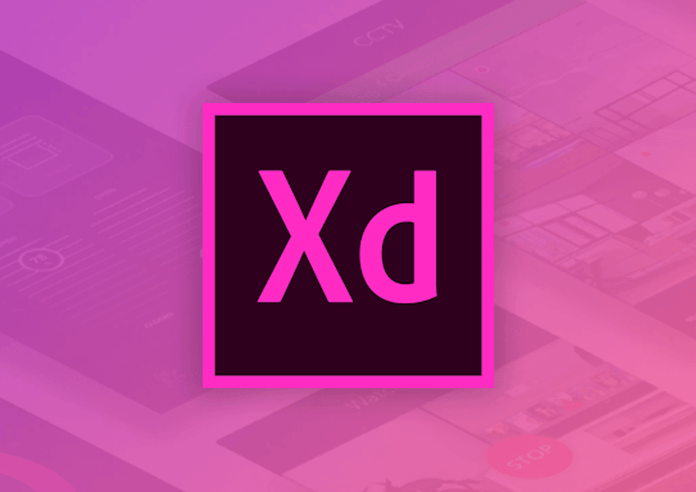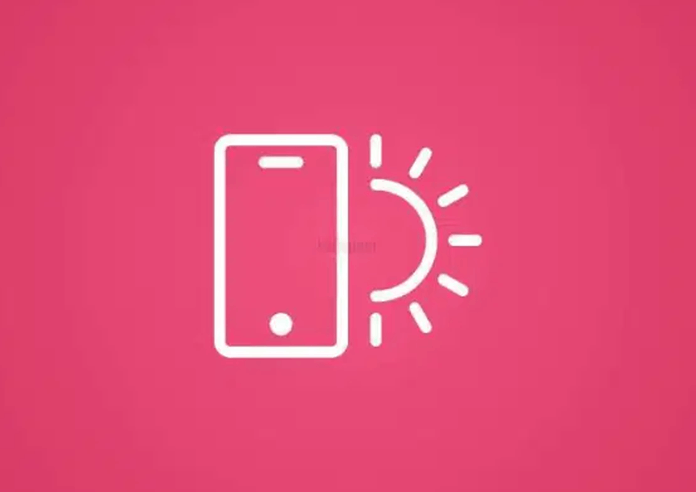Project Brief
Project comes from client with specific objectives and purpose. Discuss what the project needs to accomplish and how to tackle via visualizing what to be done.
Creative Crunch
Come up with an idea for the optimized workflow, maximized exposure, appealing to target market, new marketing gimmicks, innovative approach and fresh ideas with a WOW factor that may align with the client expectation without sacrificing the brand integrity and identity.
Research
Research for the brand, their competitors, the target market, the demography, the venue, the medium of ads or activity, to optimize the project workflow and maintain brand guidelines of the product. We don't want to design an ads of Coca-Cola products in blue color. Research about the brand, the product itself, and their identity before anything else.
Simulation
Simulate internally how will the design/execution will reflect with the target market. Internalized and look at the perspective as a target market. How do you feel? Is it relevant? Does it make an impact? You have to adapt on what your client needs, and what are their target market. Our design is an instrument to gather leads and convert sales, so we have to internalized how it will create impact to our target market in the long run.
Gathering of Elements
Prepare all the elements that you may need. Logo, Brand cook book, brand guidelines, color profile, color theme, pantone colors, fonts, typesetting, taglines, copyrights, script, models, stock images, product shots, everything that makes your design's identity.
Initial Approach
Do the initial design. Do prototyping. Do revision if needed. Do different studies. Try to incorporate on how you want to guide your viewer (target market) to interact with your creative idea. Don't forget to add a call to action. Persuade your target market to interact, participate and be involve in your creation. Be direct and straight to the point on your creative approach, always remember, you only have 3-5 seconds timeline to grasp the attention of your viewer/reader, so be precise on what you want to deliver or concept on your design.
Presentation
Initial presentation to the client. Listen to their insight, interact and suggest more on how to improve the design. They're having a different perspective that may not align with your ideas. Try to meet half-way and formulate an effective approach before proceeding with the revision.
Revision and Post-production
During revision, include the necessary additional comments from the client. Do a final render image of the design. Proof-read everything. Make the final artwork and secure the final approval from the client.
Execution
During project execution, proof-read everything from third-party supplier for all their deliverable. Make sure to properly mount everything on the venue. Check for any damage and inconsistencies to the final output. Prepare the necessary checklist for all the deliverable and collateral. Update the client from time to time about the status of ongoing project.
Retrospective and Evaluation
Do a post-evaluation for client. Report the achievements and other concern. Do a post-recap for suggestion and other implementation to help with their product. Do a post-analysis on the project outcome and do a self-assessment as well for future product development.
